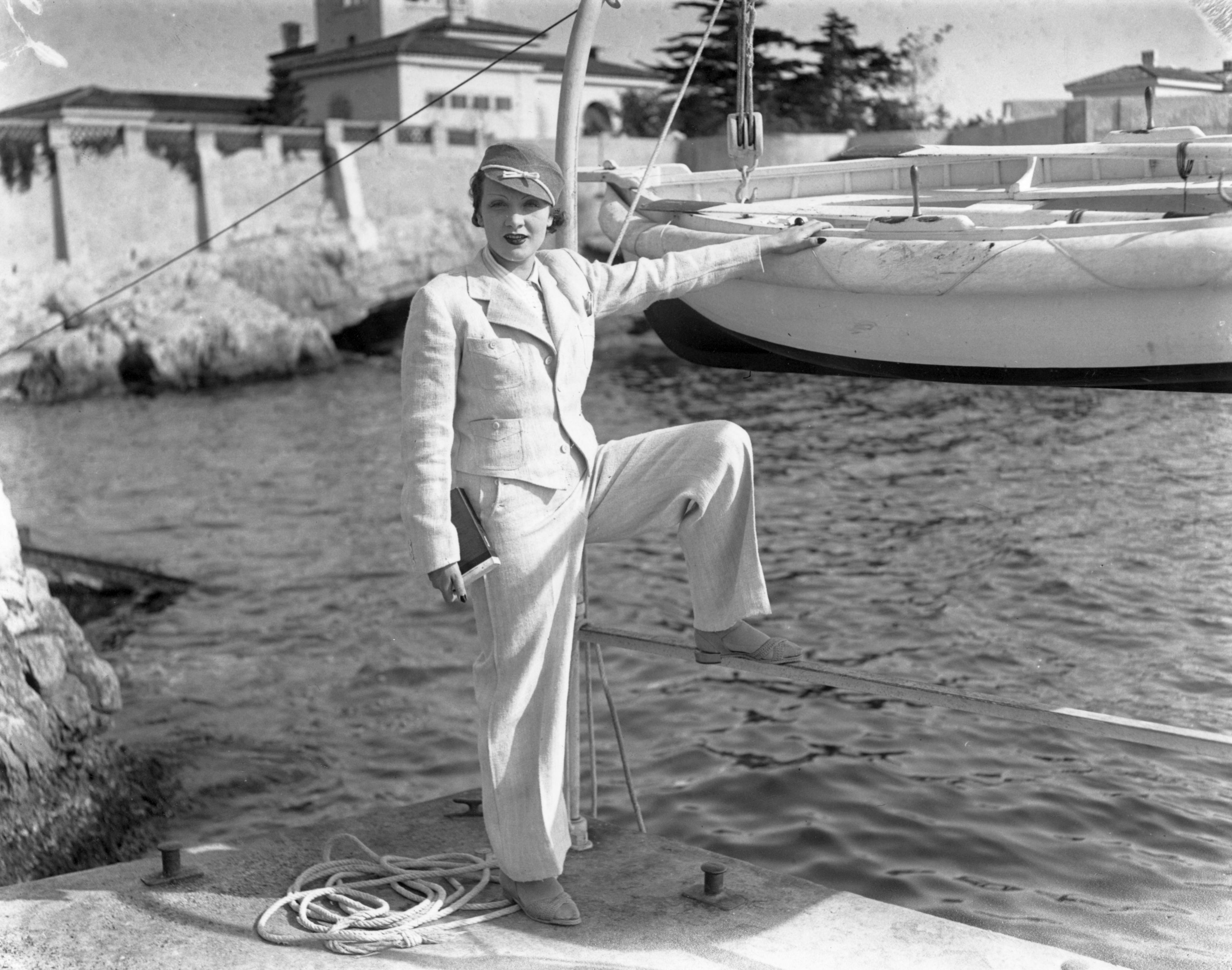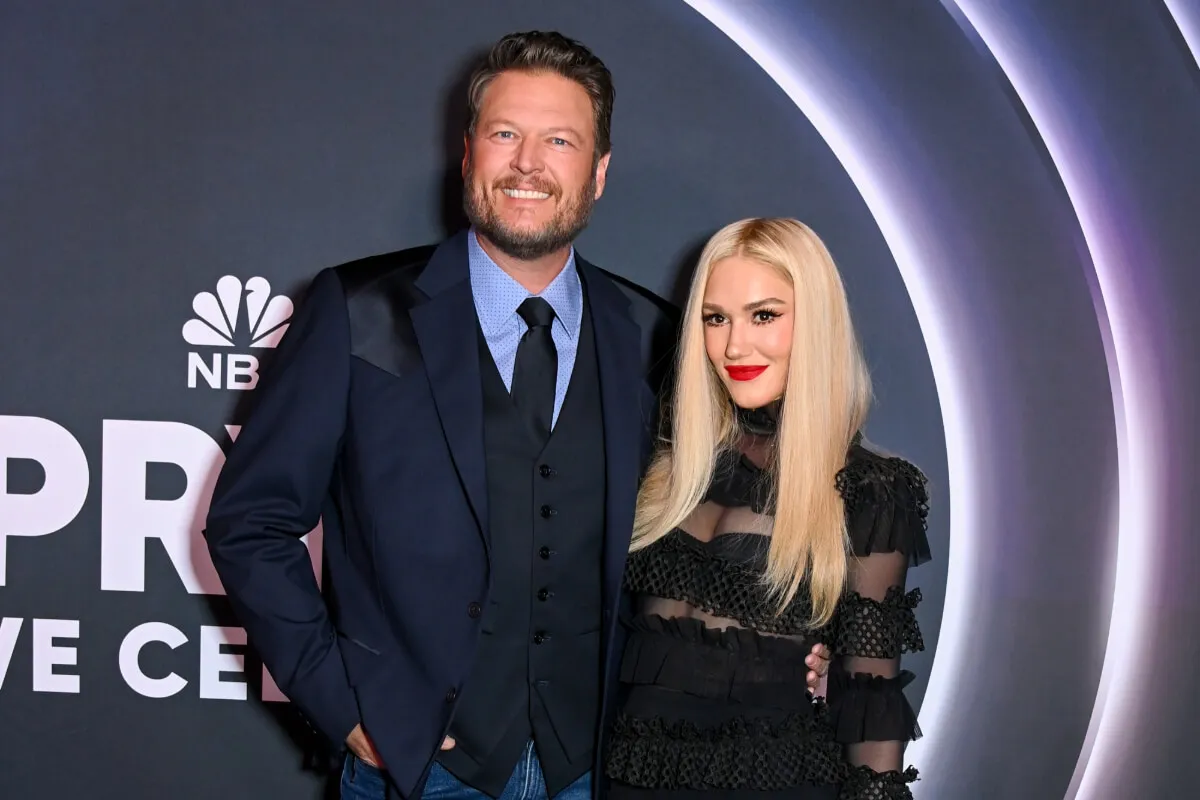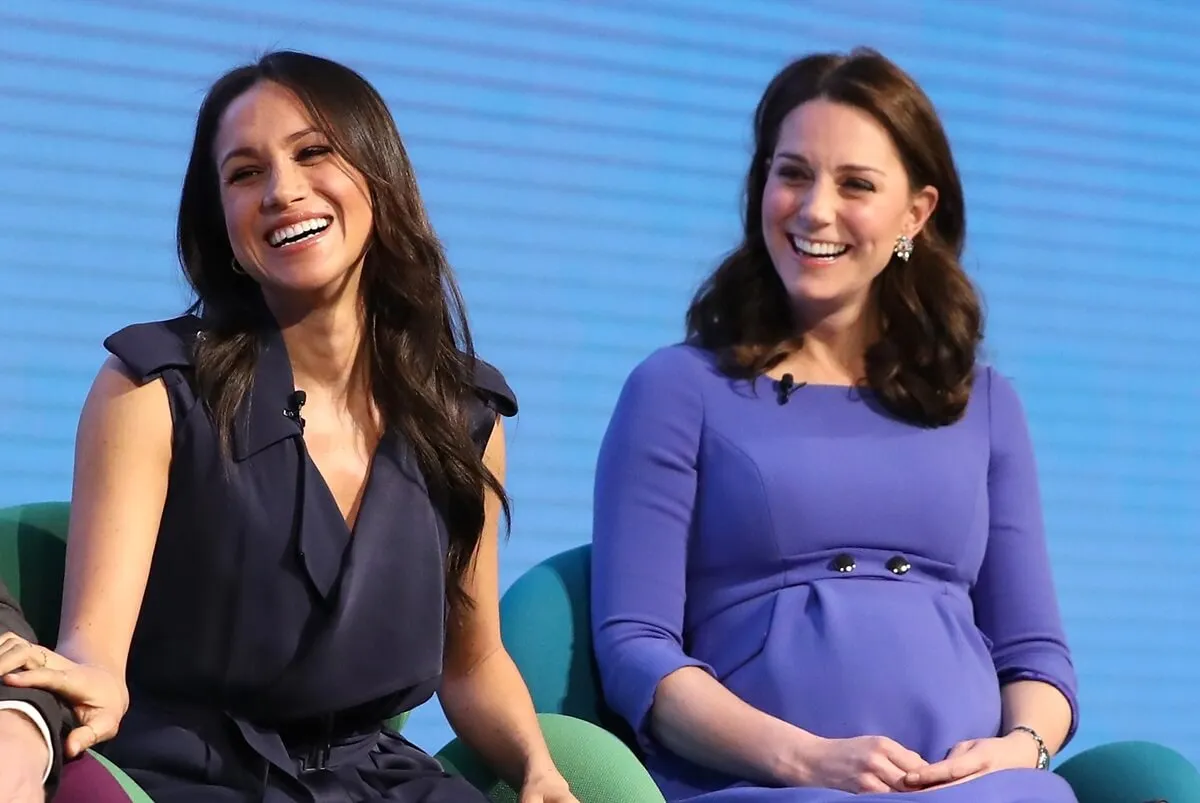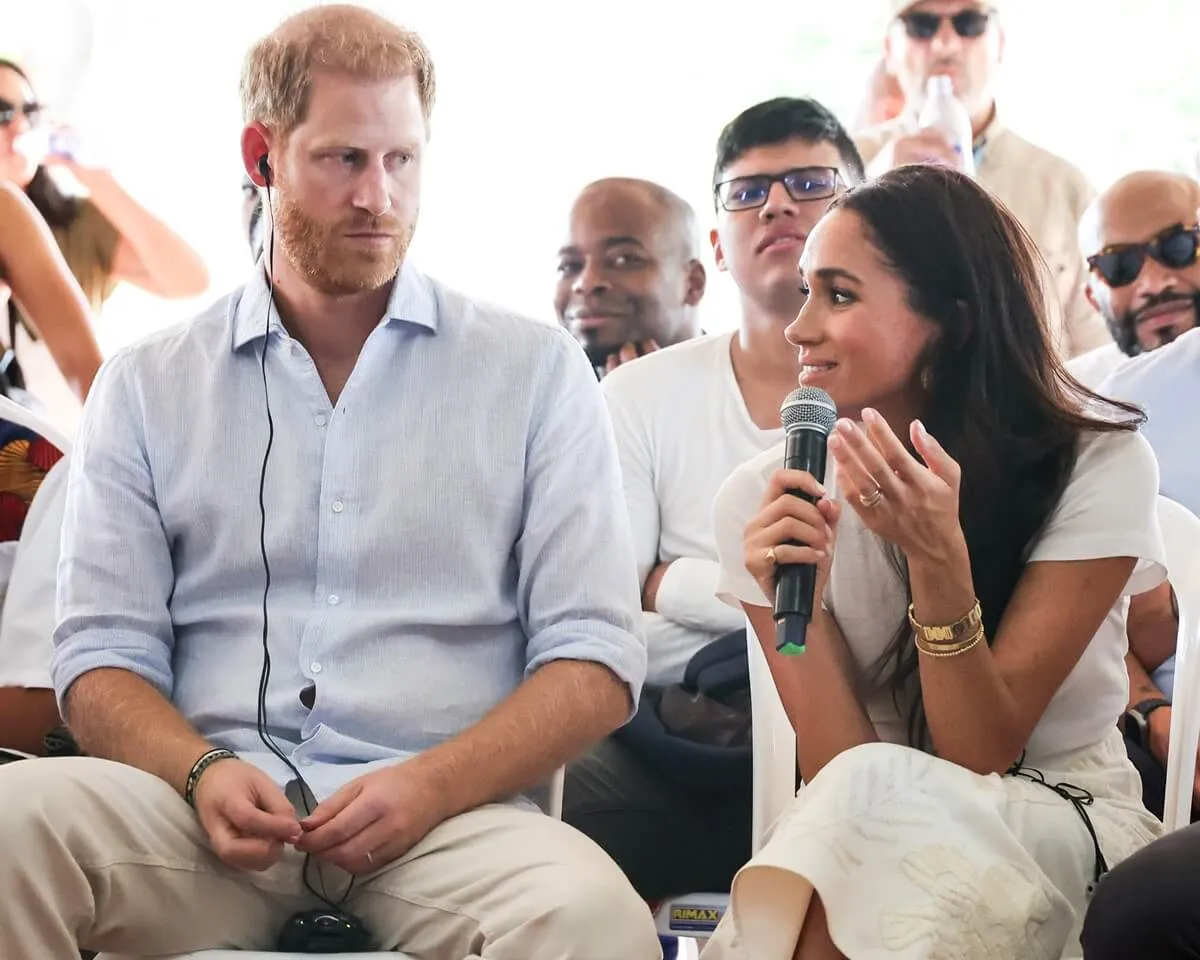Marlene Dietrich Was the Androgynous Sex Symbol of Old Hollywood
Androgynous actors weren’t always celebrated in Hollywood, and yet, Marlene Dietrich was able to take the industry by storm and shake up its gender-specific assumptions anyway. Even more so, she changed it for the better and set the foundation for several influential celebrities that would follow in her footsteps in the decades that followed. The 20th-century actor became an androgynous icon, and although she was reluctant to admit it, she was also the first major female sex symbol that wasn’t entirely feminine.

Dietrich’s career spanned from the 1910s to the 1980s
Dietrich had a long and very successful career in the film industry, both as a singer and actor. Some of her most famous films include Dishonored, Witness for the Prosecution, and Judgement at Nuremberg. However, her more daring roles were that of the singer caught up in a love triangle in Morocco, a jewel thief named Madeleine de Beaupre in Desire, and the cold-hearted temptress, Concha Perez in The Devil Is a Woman. In all honesty, the argument can be made that most of her roles were daring.
The German-born American actor was a major part of the rewarding transition from silent films to talkies. According to Berliner Philharmoniker, “When the silent movie became obsolete, and Marlene Dietrich made her international breakthrough [in] the role of Lola Lola in Der Blaue Engel [also known as The Blue Angel], a new kind of film music emerged.” At this time, she also demonstrated incredible talent as the unfaithful Lola Lola, who represented a different kind of sex appeal to viewers — androgynous, top hat and all.
Marlene Dietrich’s style and costuming made her an androgynous icon
Chances are you’ve seen Dietrich’s signature fur, bold lip, and tilted hat on several celebrities following the German star’s influential career, or at least a version of it. She often pushed Hollywood’s boundaries by dressing in menswear while embracing femininity (which was pretty much unheard of at the time). She wore trousers, top hats, diving outfits, pants suits, collar shirts, play shorts, sweaters, turbans, rolled pants, feathered headdresses, and more.
Almost nothing was off-limits. The key was that she took menswear and added feminine twists like sky-high pumps and bold lipstick. The results — it was irresistible. According to The Guardian, despite her incredible fashion sense and style ahead of her time, Dietrich found clothes to be a ‘bore’ to bother with. “I dress for the image. Not for myself, not for the public, not for fashion, not for men,” she once told the Observer in 1960, only fueling the fire to her appeal. She was stealing the attention of everybody … and wasn’t even trying!
She was the first major female sex symbol that wasn’t always feminine
Dietrich stood out among other actors (and sex symbols) because she could appeal to all audiences. She had masculine tastes that attracted female attention while oozing femininity in a way men could not resist. “She has sex but no positive gender,” The Guardian reports an Observer critic saying. “Her masculinity appeals to women and her sexuality to men.” The statement couldn’t be more true. Dietrich’s defining and bold tastes would live on well past her lifetime and into many more.
Whether intended or not, Marlene Dietrich challenged the preconceived notions of femininity and created new trends relevant to today’s fashion. She was a true androgynous icon of her time and the first sex symbol of Old Hollywood that would embrace masculine fashion.


